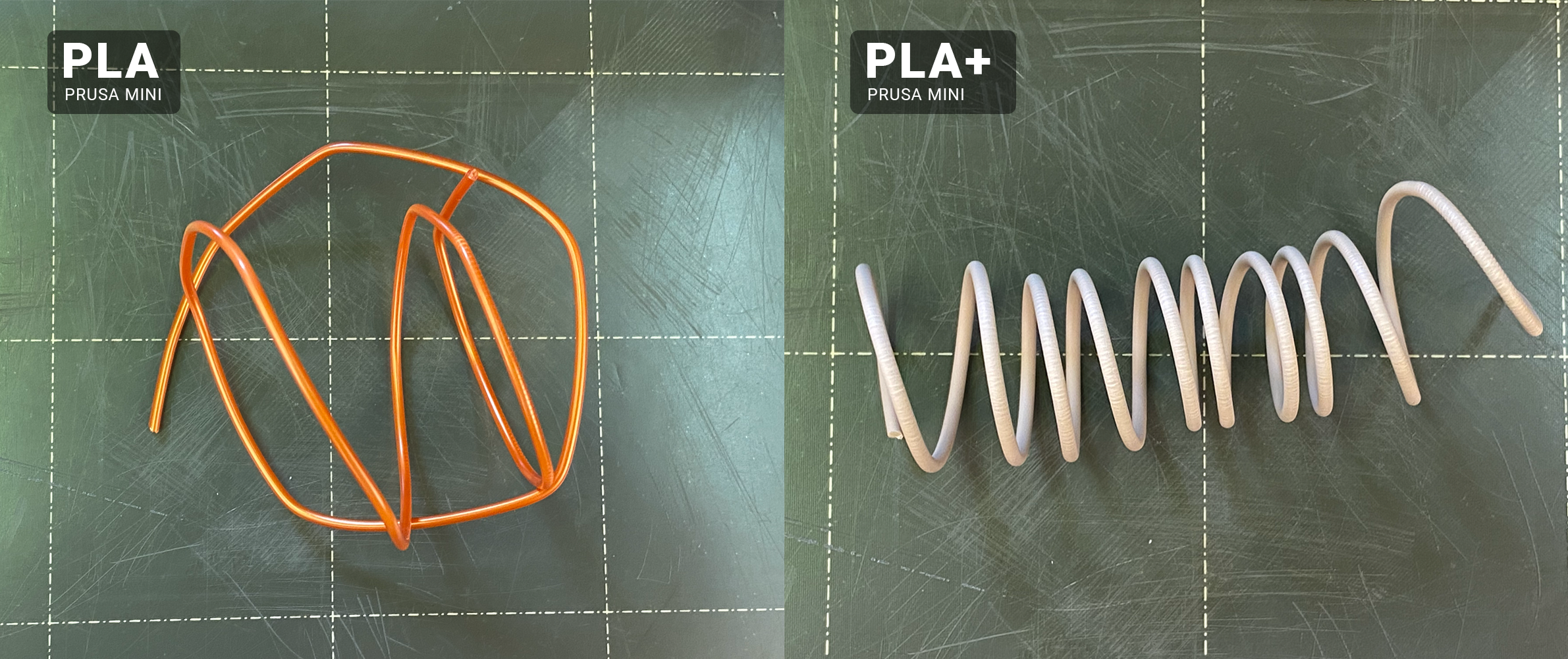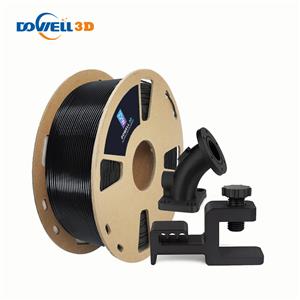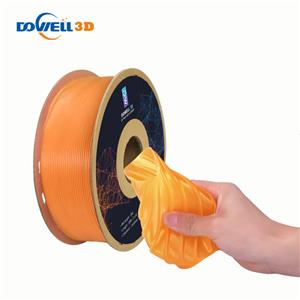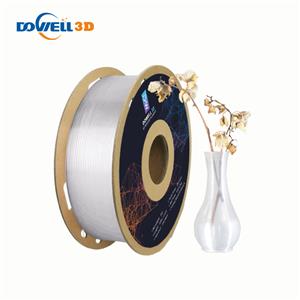What is the difference between PLA and PLA+ 3d filament?
What’s the PLA+ and what’s the difference between PLA and PLA+?
If you are interested in 3D Printing, you must have an experience with PLA, and right now you are curious, as to why you should be interested in PLA+, or what’s the difference between standard PLA and PLA+.
Let’s read the following blog to find an answer what’s the difference. We are going to compare these two materials based on practical examples.
Start with the Technical side
The material itself is produced on the same basis, it is Polylactic Acid, which consists of natural starch. The rest is, of course, part of our trade secret.
The base of PLA and PLA+ is the same material, so it means, some of the properties are the same for both materials. Eg. Both materials have the same thermal resistance and they are both perfect materials for 3D Printing. If you are looking for a material with higher thermal resistance, we definitely recommend thinking about PETG, or industry filament than PLA.
You can see the difference for the first time, you take the spool of PLA and PLA+. PLA looks more plastic it’s shiny and glossy. PLA+ has a more rough surface, it’s also due to the matte color. So it gives you the impression of more luxury and more extraordinary filament. The next difference is visible when you try to bend the filament. Standard PLA is very fragile and it breaks easily. On the other hand, there is no problem with PLA+ when you bend it ( of course, it breaks also, but at a certain point). 
And the result?
Right now is the time, to sum up, what we have learned. If we take into consideration all mentioned properties, PLA+ is a very suitable material for those, who would like to achieve perfect results, even for beginners. No complicated setting and calibration, but still we are able to get better results than with the standard PLA.
What we need to mention is that if you would like to post-process, the standard PLA is not suitable material for that. PLA+ is thanks to its matte appearance and Printing properties better for that – you can use emery paper or scalpel without any radical disruption of the object surface.
The quality
Yes, we do have new material PLA+, but it doesn’t mean that we reject our standard PLA. We are working on the top quality for both materials. We state the 0,05mm tolerance, which is expected for the top-quality filament. But the real numbers in production are even better – the tolerance is in fact around 0,03mm. So if you put emphasis on quality, both materials are a good choice. It’s up to you if you are more interested in matte colors, recycling (new RePLA+), Printing advantages, or if you stay loyal to standard PLA with more than 30 colors in our offer. Finally, it is up to your personal experience every time.




